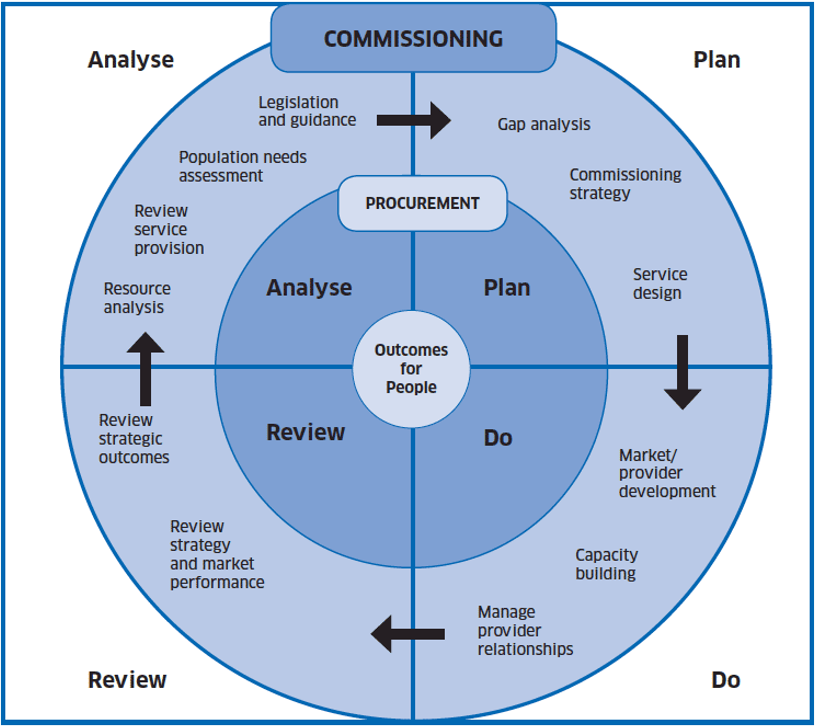The aim of our Strategy is to improve the lives and life chances of children and young people aged 0-25 with a special educational need and/or disability (SEND) in Kirklees. It is driven by the strategic intent to improve the education, employment, health and wellbeing outcomes of children, young people and their families.
This strategy sets out the collective commitment of all key partners across Kirklees to a joint commissioning approach that delivers effective, inclusive, integrated support. We will work with children and young people and their families to ensure we commission services that provide the outcomes they want and need. We are committed to supporting the development of the workforce across the partnership to ensure they understand our shared priorities, as well as develop the skills and knowledge to help our children to achieve their desired outcomes.
Kirklees received an Ofsted/CQC Area SEND inspection in February 2022 which highlighted many areas of good practice but also identified some areas for improvement. An action plan was developed, which complemented our existing SEND Transformation plan to drive improved outcomes across the system.
The Kirklees Joint Strategic Needs Assessment (JSNA) is the primary source of data and intelligence which is used to inform the future shape of SEND provision across Kirklees. However, we also carry out engagement and co-production with families and communities about specific issues and make use of regional and national evidence and good practice.
Voice of Child and Co-production
We are determined to ensure that we understand what our children and families in Kirklees need from us in terms of support and information. We recognise that this can be different for different people and communities. To do this we are committed to meaningful engagement and co-production. This means that we seek out views and listen carefully to what people tell us. Co-production means that we will develop our services and support offer with our children, families and communities as equal partners.
The term "voice of the child" refers to the real involvement of children in expressing their views, opinions, and experiences. It includes both verbal and nonverbal communication and goes beyond simply seeking their views to actively including them in decision-making processes.
To ensure that the voice of the child is present in all of our commissioned provisions we have a dedicated Voice and Influence team who are highly skilled in engagement and co-production with children and young people of all ages and abilities. The team are closely linked with the Integrated Commissioning team and have made valuable contributions to the development of recent services and reviews. Their findings are regularly presented and discussed at SEND Transformation & Commissioning groups and a host of other forums using a variety of creative methods, including video, sound and animations.
We have used this information to inform the priorities in this strategy. We will continue to regularly seek the views and experiences of children and families as we review the effectiveness of our SEND provisions.
What is Joint commissioning?
Joint Commissioning is a strategic approach to planning and delivering services in a holistic, joined-up way. This is important because there are many different partners involved in the education and support of children and young people with SEND, including the local authority, education settings, health and care provision, and voluntary sector organisations.
To effectively deliver positive outcomes for children and young people organisations must collaborate and share responsibility for planning, developing and procuring integrated services as well as monitoring their outcomes.
Our approach recognises that joint commissioning needs to happen at different levels:
- with individuals and their families and carers.
- with communities.
- and across larger populations.
This document details the steps that will be undertaken to achieve the vision of improving outcomes for Children and Young People.
This strategy builds upon well-established joint commissioning arrangements that have been in place in Kirklees for many years. We have an established integrated children’s commissioning team, which includes team members employed by the NHS Integrated Care Board (ICB) and the local authority, as well as a number of joint appointments, including the head of service.
The Commissioning Cycle
In Kirklees we use a commissioning cycle approach. The commissioning cycle describes the process of understanding the needs of a community and planning the provision of services to meet those needs. Once services are in place it is important to monitor and review those services to determine how well they are meeting needs. This helps to identify any gaps in provision or changes required and the intelligence and data informs the planning of future services.

Central Focus:
- Outcomes for People: This is the core goal around which the entire cycle revolves.
Phases of the Cycle:
-
-
-
Analyse:
- Legislation and Guidance: Understanding relevant laws and guidelines.
- Population Needs Assessment: Evaluating the needs of the population.
- Resource Analysis: Assessing available resources.
- Review Service Provision: Examining current services.
-
Plan:
- Gap Analysis: Identifying gaps between current services and needs.
- Commissioning Strategy: Developing a strategy to address these gaps.
- Service Design: Designing services to meet identified needs.
-
Do:
- Market/Provider Development: Developing the market and providers.
- Capacity Building: Enhancing the capabilities of providers.
- Manage Provider Relationships: Maintaining good relationships with providers.
-
Review:
- Review Strategic Outcomes: Evaluating the outcomes of the strategy.
- Review Strategy and Market Performance: Assessing the performance of the strategy and market.
-
-
Cyclical Nature:
- The arrows indicate that this process is continuous, emphasising ongoing improvement and adaptation.







